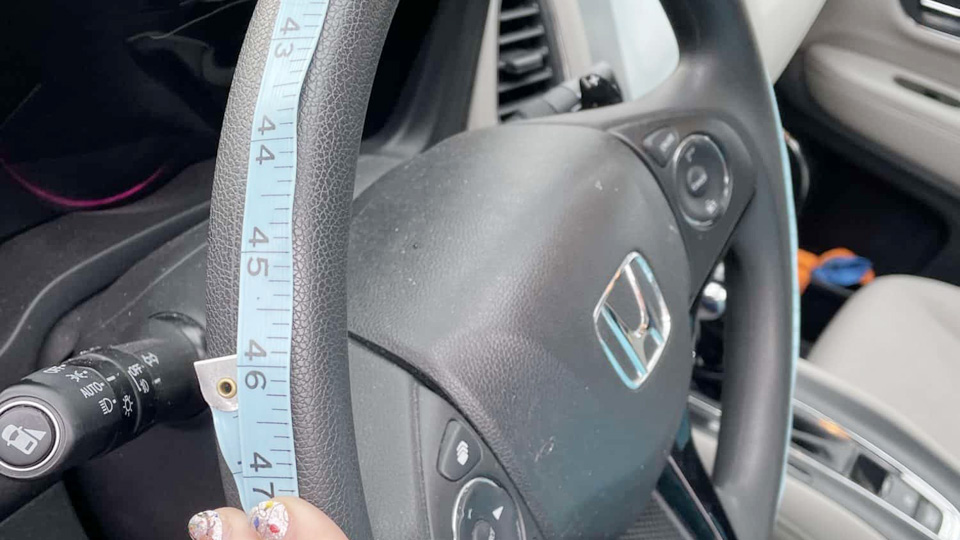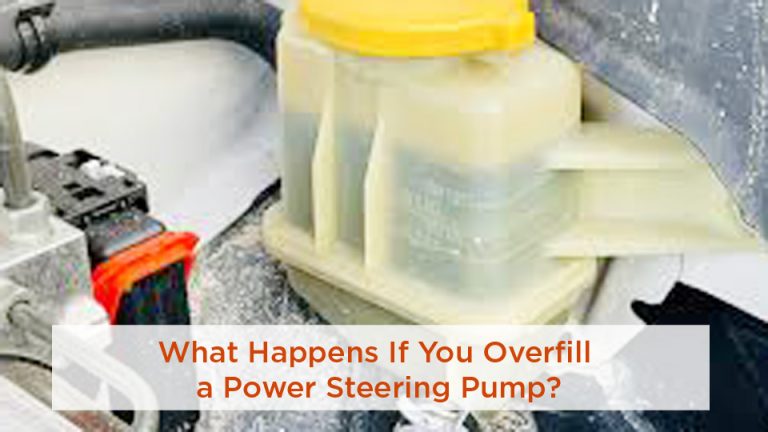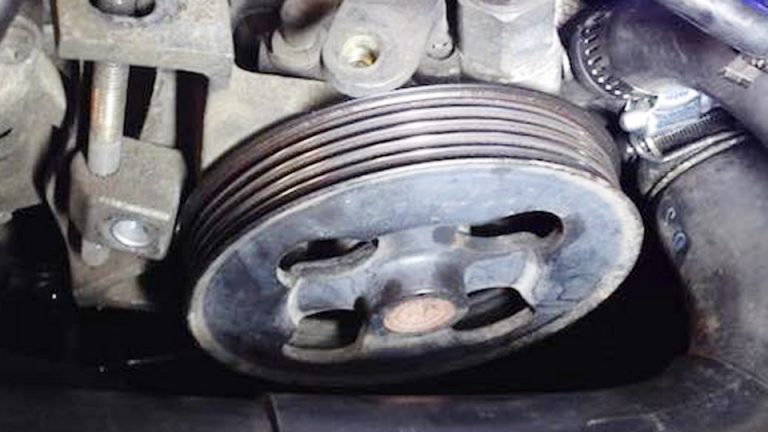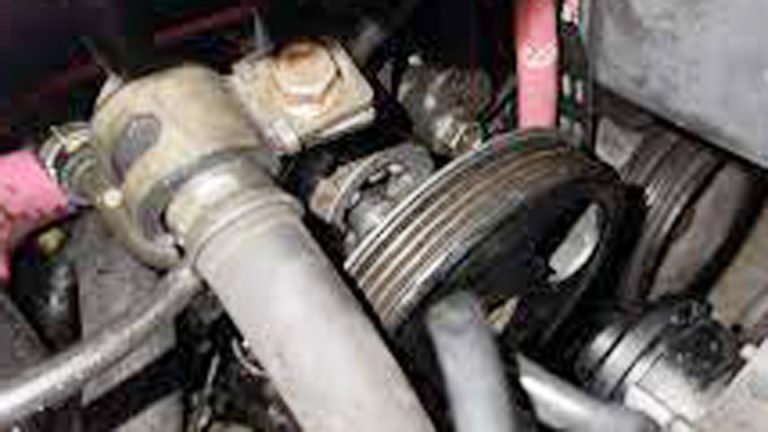When drivers ask me “How to Measure a Steering Wheel Cover?”, I always tell them it’s simpler than it sounds—you just need two key numbers: the diameter of your steering wheel and the thickness (or grip circumference). Without those, you risk buying a cover that either slips around or won’t stretch on at all.
In my garage, I’ve seen plenty of people struggle with covers that don’t fit because they guessed instead of measuring. Here’s the right way to do it: grab a tape measure and stretch it straight across the center of your steering wheel—that’s your diameter. Most car steering wheels fall between 14 and 17 inches. Next, wrap the tape around the outside grip of the wheel to measure its thickness; this is usually between 2 and 4 inches.
Once you’ve got those two numbers, you’ll know exactly what size cover to shop for. In this guide, I’ll walk you through the step-by-step process, explain why sizing matters for safety and comfort, and share a few tips for getting the perfect fit so your cover feels solid, secure, and comfortable every time you drive.

Image by 5outof4
Why a Steering Wheel Cover Matters for Safety and Performance
A steering wheel cover isn’t just about aesthetics. It’s a functional spare part that directly impacts how you control your vehicle. A good cover enhances grip, especially in extreme weather when your hands are sweaty or cold. I’ve seen drivers struggle with slick, worn-out steering wheels on older cars like a ‘98 Honda Civic or a ‘05 Ford F-150—adding a cover can make those vehicles feel safer and more responsive.
Common Problems with Steering Wheel Covers
- Slipping: A cover that’s too loose slides during turns, reducing control.
- Wear and Tear: Cheap materials crack or fade, especially under UV exposure in states like Arizona or Texas.
- Poor Fit: Covers that are too tight stretch and tear; too loose, they bunch up and distract you.
- Heat Retention: Some low-quality covers get scalding hot in summer or brittle in winter.
When to Replace Your Steering Wheel Cover
Replace your cover if it’s cracked, peeling, or slipping. I once worked on a customer’s Dodge Ram where the leather cover was so worn it was practically polished smooth—zero grip. If your cover smells funky (common with low-end materials after a year), feels sticky, or looks faded, it’s time for a new one. A fresh cover can also revive an older car’s interior, making it feel newer without breaking the bank.
Why It Matters
A properly fitted cover improves safety by ensuring a firm grip, reduces hand fatigue on long drives, and protects your steering wheel from UV damage or wear. In terms of cost, a $20–$50 cover is a small investment compared to replacing a damaged steering wheel, which can run $200–$600 for parts and labor in the US.
How to Measure Your Steering Wheel for a Perfect Fit
Measuring your steering wheel sounds simple, but I’ve seen plenty of folks mess it up by eyeballing it or trusting vague “universal fit” claims. Here’s a step-by-step guide based on my own experience fitting covers on everything from compact Toyotas to full-size Chevy Tahoes.
Tools You’ll Need
- Flexible measuring tape (like a tailor’s tape)
- Pen and paper
- Optional: Caliper for grip thickness (not mandatory but helpful)
Step 1: Measure the Diameter
The diameter is the most critical measurement. Wrap the measuring tape around the outside edge of the steering wheel, following its outer curve. Most steering wheels in the US range from 14 to 15.5 inches in diameter for passenger cars, with trucks and SUVs sometimes hitting 16–18 inches. For example, my old ‘07 Jeep Wrangler had a 15-inch wheel, while a friend’s ‘20 Toyota Camry measured 14.5 inches.
Pro Tip: Measure twice at different points to confirm. Some wheels aren’t perfectly round due to wear or design.
Step 2: Measure the Grip Thickness
The grip thickness (or circumference of the wheel’s cross-section) determines how snug the cover fits. Wrap the tape around the wheel’s grip, like you’re measuring the waist of the wheel itself. Typical grip circumferences range from 3.5 to 4.5 inches. Thicker wheels, like those on a Ram 1500, might hit 4.75 inches.
Common Mistake: Don’t assume all covers stretch to fit. A cover rated for a 4-inch grip won’t fit a 4.5-inch wheel without tearing.
Step 3: Check for Special Features
Some steering wheels have unique shapes or features, like thumb grips or flat-bottom designs (common in sporty cars like the Ford Mustang). Note these when shopping, as they affect fit. I once fitted a cover on a Subaru WRX with pronounced thumb contours—standard covers didn’t sit right until we found one designed for sport wheels.
Step 4: Record Measurements
Write down both the diameter and grip thickness. For example: “15 inches diameter, 4 inches grip.” This ensures you’re comparing apples to apples when shopping.
Comparison Table: Steering Wheel Cover Sizes
| Vehicle Type | Typical Diameter (inches) | Typical Grip Thickness (inches) |
|---|---|---|
| Compact Cars (e.g., Honda Civic) | 14–14.5 | 3.5–4.0 |
| Sedans (e.g., Toyota Camry) | 14.5–15 | 3.75–4.25 |
| SUVs/Trucks (e.g., Ford F-150) | 15–16 | 4.0–4.75 |
| Sports Cars (e.g., Mazda MX-5) | 14–14.75 | 3.5–4.0 |
OEM vs Aftermarket Steering Wheel Covers: Which Is Better?
When I worked at an auto shop in Ohio, customers always asked whether OEM (original equipment manufacturer) or aftermarket covers were the way to go. Here’s the breakdown based on what I’ve seen in real vehicles.
OEM Steering Wheel Covers
OEM covers come from your car’s manufacturer (e.g., Ford, Toyota, GM). They’re designed for specific models, so fit is near-perfect. For example, a Toyota OEM cover for a 2020 Corolla will match its 14.8-inch diameter and 4-inch grip exactly.
Pros:
- Guaranteed fit for your vehicle model
- High-quality materials (often leather or durable vinyl)
- Matches factory aesthetics
- Often backed by a warranty
Cons:
- Expensive ($50–$150 depending on the brand)
- Limited style options
- Harder to find (dealerships or specialty retailers)
Aftermarket Steering Wheel Covers
Aftermarket covers, like those from brands such as Wheelskins, Coverking, or Valleycomfy, offer more variety in materials, colors, and price points. They’re widely available at places like AutoZone, Advance Auto Parts, or Amazon in the US.
Pros:
- Affordable ($10–$60)
- Wide range of styles (leather, suede, silicone, even carbon-fiber look)
- Universal or semi-custom options for most vehicles
- Easy to find online or in stores
Cons:
- Fit can be hit-or-miss without precise measurements
- Quality varies wildly (some cheap ones tear in months)
- May not align perfectly with unique wheel shapes
My Take
If you drive a high-end car like a Lexus or BMW, an OEM cover might be worth the splurge for seamless integration. For everyday vehicles like a Honda Accord or Chevy Silverado, a quality aftermarket cover from Wheelskins (around $50–$60) gets the job done without breaking the bank. I’ve installed Wheelskins leather covers on a few customer cars, and they’re durable, easy to stitch on, and look sharp.
Comparison Table: OEM vs Aftermarket
| Feature | OEM Covers | Aftermarket Covers |
|---|---|---|
| Price | $50–$150 | $10–$60 |
| Fit | Model-specific | Universal or semi-custom |
| Material Quality | High (leather, vinyl) | Varies (leather to cheap silicone) |
| Availability | Dealerships, limited | AutoZone, Amazon, etc. |
| Style Options | Limited | Wide variety |
How to Install a Steering Wheel Cover Like a Pro
Installing a steering wheel cover isn’t rocket science, but it takes patience to avoid a sloppy fit. I’ve fitted dozens of covers in my time, from quick slip-on silicone ones to hand-stitched leather models. Here’s how to do it right.
Step-by-Step Installation Guide
- Clean the Wheel: Wipe down your steering wheel with rubbing alcohol to remove oils and dirt. A clean surface ensures better grip and longevity.
- Test Fit: Stretch the cover over the wheel to check fit. If it’s too tight or loose, double-check your measurements. I once tried fitting a “universal” cover on a client’s F-150, and it was so tight it nearly tore—lesson learned.
- Warm It Up: If the cover’s stiff (common with leather), warm it with a hairdryer or leave it in the sun for 10 minutes. This makes it more pliable.
- Start at the Top: Align the cover at the 12 o’clock position and work it down evenly on both sides. Pull gently to avoid tearing.
- Stitch (If Needed): For laced covers like Wheelskins, use the included needle and thread to stitch tightly, following the pre-punched holes. It takes 20–30 minutes but looks professional.
- Check for Slippage: Turn the wheel fully left and right to ensure the cover stays put.
Common Installation Mistakes
- Forcing It: Stretching too hard can tear the material.
- Ignoring Instructions: Some covers need specific techniques (e.g., lacing vs. slip-on).
- Dirty Wheel: Oils or grime reduce adhesion and cause slipping.
Safety Tips
- Disconnect the battery if your car has a steering wheel airbag to avoid accidental deployment.
- Work in a well-ventilated area if using adhesives (rare, but some covers recommend it).
- Double-check the cover doesn’t interfere with buttons or paddles.
Maintenance Best Practices
- Clean with a damp cloth and mild soap every month.
- Avoid harsh chemicals like bleach, which degrade materials.
- Inspect for wear every 6 months, especially in hot climates.
How to Spot Genuine vs Fake Steering Wheel Covers
Counterfeit covers flood the market, especially online. I’ve seen customers bring in cheap knockoffs that fell apart in weeks. Here’s how to avoid getting burned.
Signs of a Genuine Cover
- Branding and Packaging: Reputable brands like Wheelskins or Coverking have clear logos, quality packaging, and detailed instructions.
- Material Quality: Genuine leather smells rich and feels supple, not plasticky. Stitching is even and tight.
- Retailer Reputation: Buy from trusted US retailers like AutoZone, Advance Auto Parts, or directly from the manufacturer’s site.
- Price Point: If a “leather” cover costs $10, it’s likely fake. Quality covers start at $20–$30.
Signs of a Fake
- Poor Stitching: Loose or uneven threads are a red flag.
- Chemical Smell: Cheap materials often have a strong, off-putting odor.
- No Warranty: Legit brands offer at least a 1-year warranty.
- Vague Listings: Online listings with no brand name or specs are suspect.
Pro Tip: Check reviews on Amazon or X posts for real-world feedback. I once avoided a dud cover for my Tacoma after reading a detailed X thread about its shoddy stitching.
Popular US Brands and Where to Buy
Here are some trusted brands I’ve used or seen in shops, along with their typical price range and where to find them in the US.
- Wheelskins: Premium leather, hand-stitched, $50–$60. Available at AutoZone or wheelskins.com.
- Coverking: Custom-fit options, $30–$50. Sold on Amazon and coverking.com.
- Valleycomfy: Affordable, stylish, $15–$25. Widely available on Amazon.
- SEG Direct: Durable silicone or microfiber, $12–$20. Found at Walmart or Amazon.
Anecdote: I helped a buddy fit a Wheelskins cover on his ‘15 Chevy Silverado. The leather felt like it belonged in a luxury car, and the stitching process was oddly satisfying—like working on a custom project. It’s held up for three years with zero wear.
Choosing the Right Material for Your Needs
Steering wheel covers come in various materials, each with trade-offs. Here’s what I’ve learned from testing them on customer cars.
- Leather: Durable, premium feel, great grip. Best for daily drivers. Downside: Pricier, needs occasional conditioning.
- Suede/Alcantara: Luxe look, excellent grip. Great for sports cars but wears faster in high-use vehicles.
- Silicone: Cheap, easy to install, weather-resistant. Common in work trucks but can feel tacky.
- Microfiber: Soft, affordable, decent grip. Good for budget-conscious drivers but less durable.
My Pick: Leather for most drivers. It’s a balance of durability, comfort, and style. I’ve got a Wheelskins leather cover on my ‘19 Tacoma, and it’s still going strong after 50,000 miles.
Conclusion
Choosing and installing a steering wheel cover might seem minor, but it’s oneSyed, it’s a critical spare part that enhances safety, comfort, and your car’s longevity. By measuring your wheel accurately (diameter and grip thickness), picking a quality brand like Wheelskins or Coverking, and installing it with care, you’ll get a cover that feels great and lasts for years. Avoid cheap knockoffs, double-check fitment, and clean your wheel before installation for the best results.
If you’re on a budget, a $20 Valleycomfy microfiber cover is a solid choice for most US sedans and trucks—just confirm your measurements first. Happy driving!
FAQ
How do I know if a steering wheel cover will fit my car?
Measure your steering wheel’s diameter (14–16 inches for most cars) and grip thickness (3.5–4.75 inches). Check the cover’s size range on the packaging or listing. For a perfect fit, opt for model-specific covers from brands like Coverking.
Can I install a steering wheel cover without removing the wheel?
Yes, most covers slip on or lace up without removing the wheel. Just clean the wheel, warm the cover if it’s stiff, and align it carefully. Disconnect the battery if your car has an airbag, just to be safe.
How long does a steering wheel cover last?
A quality leather cover (e.g., Wheelskins) can last 3–5 years with proper care. Cheaper silicone or microfiber covers may wear out in 1–2 years, especially in harsh climates.
Are universal steering wheel covers any good?
Universal covers work for many vehicles but may not fit perfectly. Measure your wheel and choose a cover with a size range that matches. Avoid super-cheap options, as they often slip or tear.
How do I clean my steering wheel cover?
Use a damp cloth with mild soap for leather or microfiber covers. For silicone, a wet wipe works. Avoid harsh chemicals like bleach, and clean monthly to prevent grime buildup.



